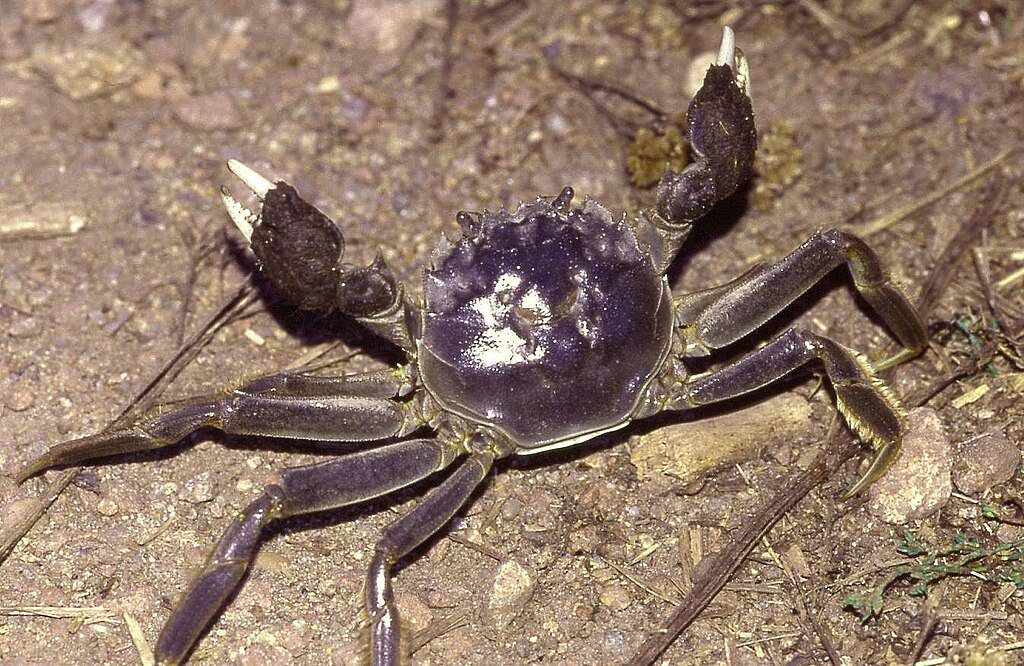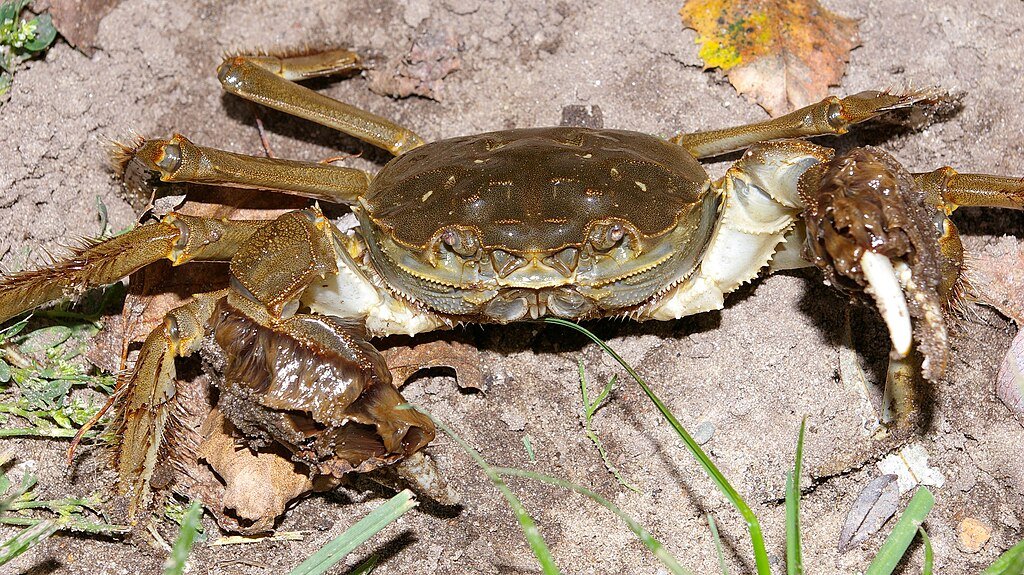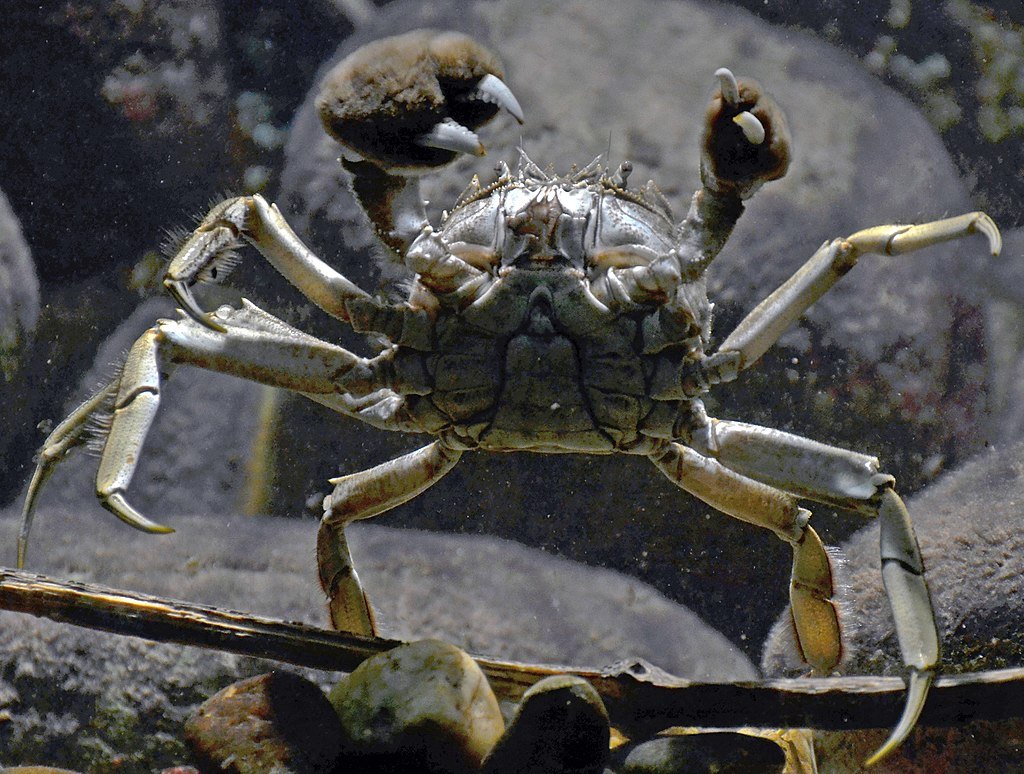The invasive Chinese mitten crab (Eriocheir sinensis) has been confirmed in the Lower Columbia River, sparking concerns among scientists and wildlife officials. Known for their hairy, mitten-like claws, these crabs have caused environmental disruptions in other regions, notably in California’s San Francisco Bay, where they contributed to riverbank erosion and infrastructure damage. Their arrival in the Pacific Northwest raises alarms about potential threats to ecosystems, fisheries, and waterway infrastructure.
How Was It Discovered?

A commercial fisherman near Astoria, Oregon, caught the crab while pulling in his usual haul, marking the species’ first recorded appearance in the region. State officials quickly launched an investigation, fearing that the crab’s ability to climb barriers over 13 feet high could allow it to spread rapidly across water systems. Since mitten crabs require saltwater to reproduce but live in freshwater, their presence in the Columbia River poses a serious risk for long-term establishment.
Environmental Impact and Risks
These crabs are known for their burrowing behavior, which can weaken riverbanks and increase flooding risks. By competing with native species, they threaten to disrupt salmon spawning habitats and interfere with commercial fishing operations. California’s experience with mitten crabs highlights their ability to steal bait, damage fishing gear, and clog water intake systems, making them a costly nuisance for local industries. Their unchecked spread could have serious consequences for biodiversity and economic livelihoods.
Mitigation Strategies and Response

To contain the spread, agencies such as Washington’s Department of Fish and Wildlife, NOAA, and Oregon’s Invasive Species Council are deploying trap lines and using environmental DNA analysis to track potential populations. Officials urge the public to report sightings immediately, as early intervention is the best defense against invasive species. Preventive measures are being explored to protect Columbia River salmon populations, mitigate ecological damage, and prevent commercial disruptions.
Conclusion

The discovery of the Chinese mitten crab in the Pacific Northwest underscores the challenges posed by invasive species and the urgency of swift action to protect local ecosystems. With proactive monitoring and intervention, scientists and conservationists aim to contain the spread before it permanently alters salmon habitats, commercial fisheries, and regional waterways. Public involvement remains essential in preventing the crab from becoming a long-term environmental threat.
Source:





